They say nothing will get you experience better than doing the work. So when it comes to family life, you could say that Paige Turner, who is raising four children, is quite the expert.
The woman is also active on social media. There, Paige shares how she manages everything from her career to the mental load of motherhood, and one of her recent videos has struck a chord with many.
In it, she explains her thoughts on the main difference between male and female hobbies in heteronormative relationships, and why she believes there’s an imbalance.
More info:Instagram|TikTok

Image credits:@sheisapaigeturner
Male hobbies typically take them outside of the home during the daytime, during caretaking hours. Female hobbies often revolve around the schedules of their partner and their children and account for the domestic labor that they are handling and any kind of mental load that they carry.
The big difference that I’ve noticed is that men are able to find time to do hobbies that take them out of the house during the day, like golf, hunting, rock climbing, training for a marathon.
All of those things are incredibly long activities, and they take you outside of the house during caretaking hours, because they typically cannot be done at night.
“Male hobbies typically take them outside of the home during the daytime, during caretaking hours”

Image credits:Mikhail Nilov (not the actual photo)
And those things can be done in short periods of time, even yoga, right? Like, I love yoga, but I go to yoga for an hour and I typically do it before my kids are awake or when they’re in bed, not at 2PM on a Saturday for four hours.
So we are able to and required to typically work our hobbies around the schedules of our families, whereas men’s hobbies take them away from that.
And the reason they’re able to do that is because when men get married, they gain free time and women lose free time in heteronormative relationships because they take on the unpaid labor and mental load at home. And with kids, this is a bigger gap.
“Female hobbies often revolve around the schedules of their partner and their children and account for the domestic labor”
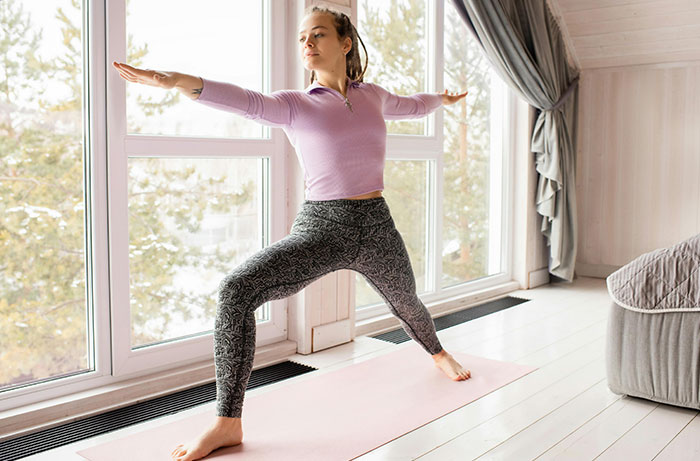
If they were to look at their husband and say, ‘Hey, I also would like to take up golfing but I don’t want to golf with you. I want to golf in a women’s league and we’re going to golf every Sunday for five hours from noon to five, are you going to care for the kids?’
They might be met with a response that that is unfair, that takes them outside of the home, that is putting too much responsibility on the other partner and that is not kind of equal division of labor.

Image credits:Timur Weber (not the actual photo)
So that’s… I think the gripe when it comes to hobbies is that men’s hobbies typically require a lot more time. They need to be done during daylight and/or caretaking hours.
And women have traditionally fallen into hobbies that allow them to either still be at home or work them around the schedules of their family. Even gardening, right. Often people joke like, ‘Oh, women love flowers and gardening.’ I don’t agree with that.
One of the reasons they might get into it, though, is because they can do it from their home with their children. So it’s something they can do together. And yes, of course a dad can take his son golfing, but is he really going to do that when he’s playing 18 holes with his buddies? Probably not.
And so, this is where, kind of, the discrepancies are when it comes to hobbies in a heteronormative relationship and why it does matter and plays into the domestic labor and mental load and caretaking of children.
“It does matter and plays into the domestic labor and mental load and caretaking of children”
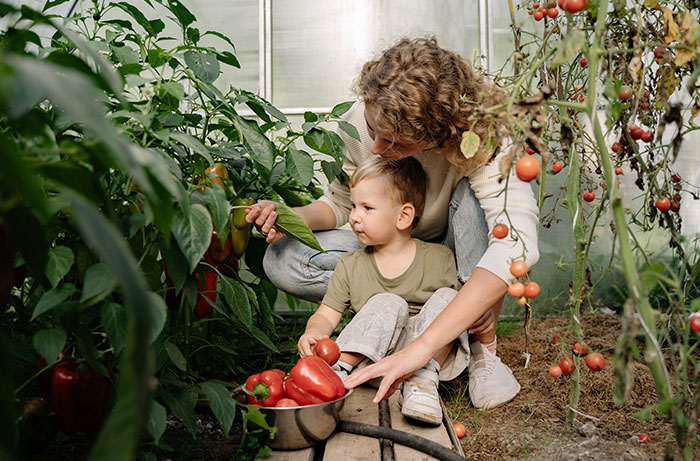
Image credits:Yan Krukau (not the actual photo)
Paige is definitely onto something here. Of course, we can’t automatically assume that this is the case in every couple; however, if we’re talking about the general public, the differences in hobbies and, in turn, the amount of time spent at home, could explain why women (although they comprise nearly half of the U.S. workforce) still have more responsibilities than men.
Married or partnered heterosexual couples in the U.S.continueto divide household chores along traditional lines, with the woman in the relationship doing most of the laundry (58%), cleaning the house (51%) and preparing meals (51%). However, the gaps aren’t that big and men continue to take the lead in keeping the car in good condition (69%) and doing yardwork (59%).
Although women remain more likely than men to perform most of the duties at home, this has declined over the past two decades.
Since 1996, women have become less likely to be the primary partner handling grocery shopping (down 14 percentage points), laundry (down 12 points), cooking (down 12 points), dishwashing (down 11 points) and cleaning in general (down 9 points).
So at least we’re heading to the right direction.
And has sparked an engaging discussion, with interesting arguments for and against










People continue reacting to the video, sharing their own stories and examples


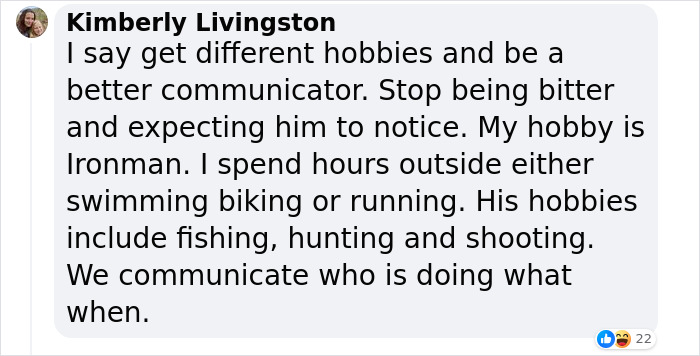

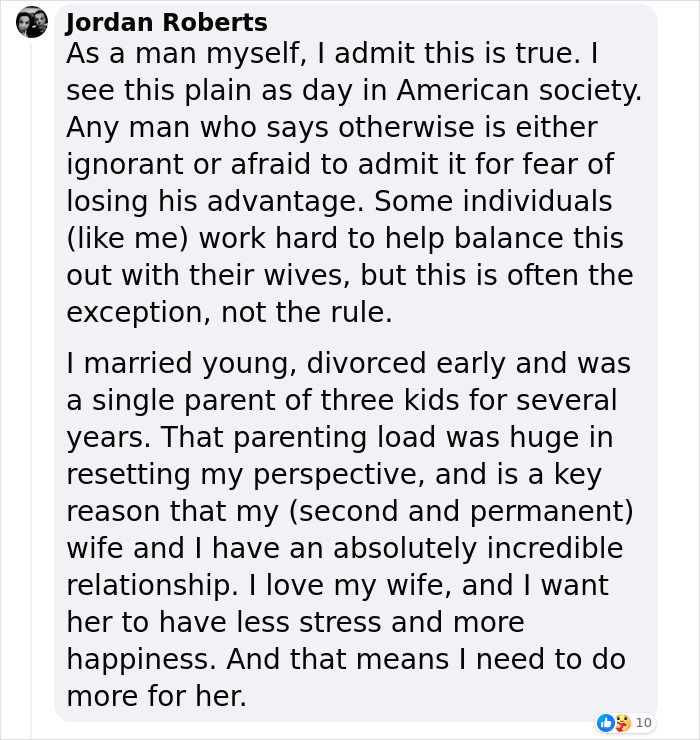



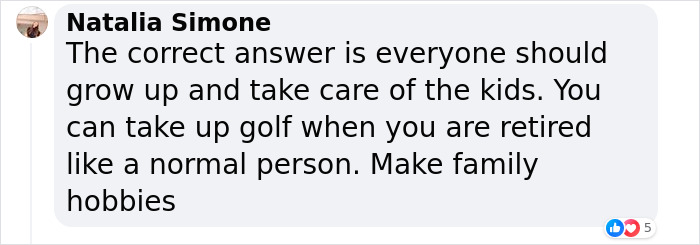
Social Issues